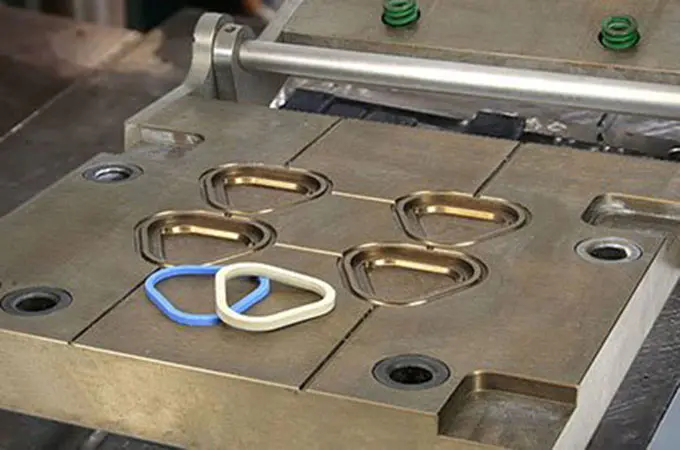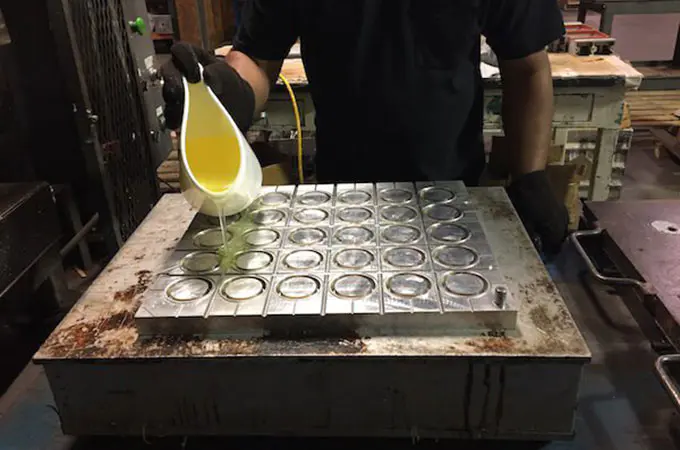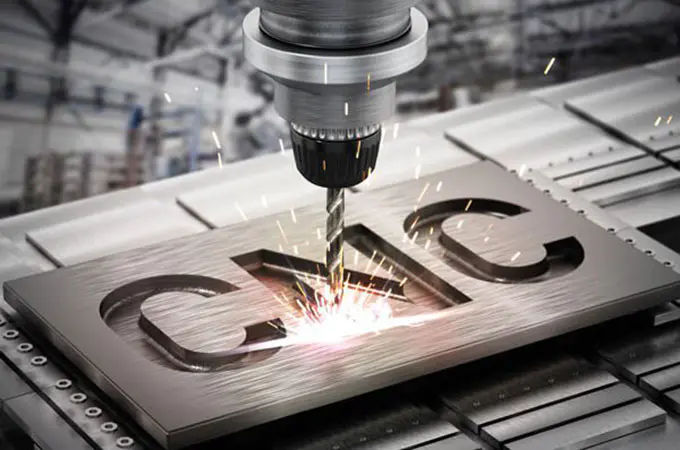SLS Rapid Prototype Service
- Order custom SLS parts suitable for rapid prototyping and end-use production.
- High-quality SLS plastic prototypes at a reasonable price.
- Intricate geometries without additional support features.
- All uploads are secure and confidential

SLS Rapid Prototyping Service - Zhongde
With extensive experience in SLS prototyping, Zhongde offers great flexibility for small-batch orders. Whether you're looking for a few pieces or up to 10,000 units, we provide high-quality, cost-effective solutions tailored to your needs. Our expertise ensures fast turnaround and precision, making us the ideal partner for custom SLS parts, no matter the order size.
3D Service From Prototyping to Production
Rapid Prototype
On-demand Manufacturing
Common Size of SLS Prototype Parts
Our 3D printed parts come in various sizes, from small, intricate components to large, complex assemblies. With SLS technology, we guarantee high precision, durability, and custom solutions tailored to your project’s needs.
| Standard Capabilities | Description |
|---|---|
| Requirement | Specification |
| Max Build Size | 300x300x300mm(11.8"x11.8"x11.8") |
| Standard Lead Time | 6 business days |
| Dimensional Accuracy | ± 0.3% with a lower limit of ± 0.3 mm (± 0.012”) |
| Layer Height | 100μm |
- For expedited lead times or parts that exceed the maximum build size contact sales@zdcpu.com.
Available Material of SLS 3D Printing Service
Zhongde Selective Laser Sintering (SLS) 3D printing offers a wide range of materials suitable for various applications. Some common materials used in SLS 3D printing are as below. These materials enable the production of rapid prototypes, custom end-use parts, and complex geometries in various industries.
Metal
- Aluminum
- Cobalt Chrome
- Inconel
- Stainless Steel
Plastics
- ABS
- PA(Nylon)
- Polycarbonate
- Polypropylene
Elastomers
- TPU
- Silicone
Surface Finishing for 3D Printing
3D printing surface treatments enhance the aesthetics and durability of your printed parts. From smooth finishes to advanced textures, our services ensure superior quality and performance. Elevate your designs with professional surface treatment today!
| Name | Description | Materail Compatibility | Color | Texture | |
|---|---|---|---|---|---|
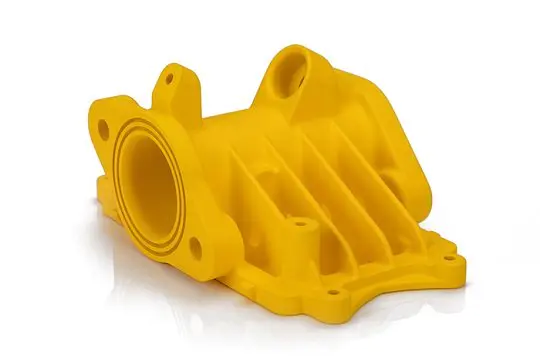
|
Painting | Choose from a wide range of paints and coatings that can achieve the desired look and feel. | Plastics and metals | RAL or Pantone code | Gloss, semi-gloss, flat, metallic, textured |

|
Polishing | Achieve a smooth and glossy surface finish through mechanical polishing techniques. This process removes layer lines and imperfections, resulting in a refined appearance. | Plastics (PLA, ABS) | Raw material | Smooth and glossy |

|
Powder Coating | Apply a durable and protective powder coating to your 3D-printed part. This process involves electrostatic-ally applying a fine powder, which is then cured to create a tough and resistant finish | Metals (Alumium, stainless steel, steel) | Standard and custom options | Gloss or semi-gloss |
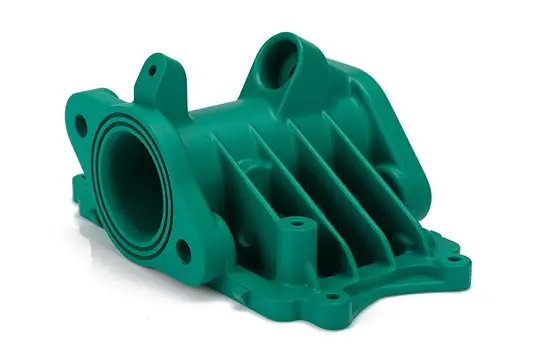
|
Bead Blasting | Utilize bead blasting to achieve a uniform and textured surface finish. This process involves propelling small abrasive particles at the surface of the object. | Metals and plastics | N/A | Matte or satin-like |
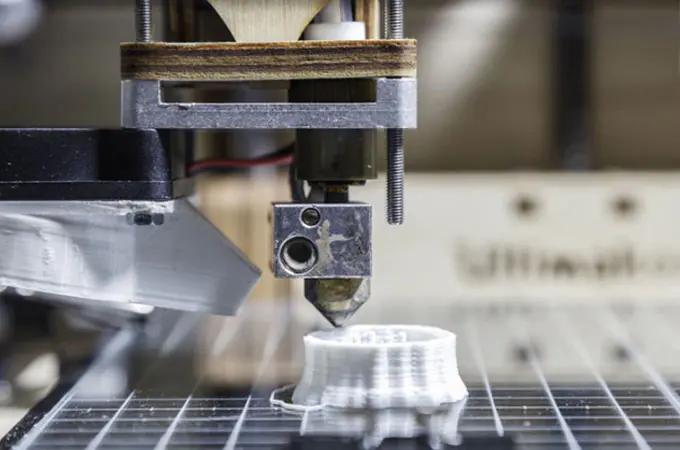
What Is SLS 3D Prototype?
When to Use SLS for Prototyping?
SLS technology is widely used in manufacturing functional prototypes, concept models, and demonstration visual models due to its high precision and strength. It can accurately simulate the appearance and performance of the final injection molded parts, especially for small batch production or parts with complex geometries.
In some application scenarios, SLS can even be used as an economical choice for the production of end-use parts, especially in specific surface treatments and use environments, showing its flexibility and efficiency.
Common Application with SLS Printing
- Aerospace: complex components like engine parts and brackets.
- Auto: Creating prototypes, custom parts, and small-batch components.
- Medical: Manufacturing custom implants, prosthetics, and surgical tools.
- Consumer: Making prototypes, enclosures, and custom accessories.
- Industrial: custom tools, fixtures, parts for assembly lines.
- Architecture and Art: Creating detailed models and sculptures.
- Defense: Producing military prototypes and custom parts.
- Product Development: Rapid prototyping and design iteration to speed up time-to-market.
SLS 3D Printing Design Guidelines
| Feature | Recommended Size |
|---|---|
| Unsuported Walls | 1mm(0.040") |
| Supported Walls | 0.7mm(0.030") |
| Minimum Detail Size | 0.25mm(0.010") |
| Minimum Hole Size | 1.0mm(0.040") |
| Moving Parts | 0.5mm(0.020")between moving surfaces |
| Assembly Clearance | 0.4mm(0.016")between mating surfaces |
| Max Wall Thickness | 20 mm (0.8''). Thicker parts must be hollowed with and at least two escape holes for powder removal with a min. diameter of 8 mm (0.3''). |
3D SLS Service Advantages
- Complex designs with intricate internal structures
- Excellent strength, wear resistance, and high-temperature durability
- The powder supports parts, reducing waste and eliminating the need for additional structures
- Custom and small-batch production, avoiding the high costs and long lead times of traditional methods
3D SLS Service Disadvantages
- More expensive than FDM and SLA, especially for large or complex parts
- SLS parts have a rough surface and typically require post-processing like sanding or blasting for a smoother finish
- Slower than injection molding, particularly for large-volume production
3D Selective Laser Sintering Products Display
Unlock precision and innovation with SLS 3D printing! From complex designs to durable prototypes, we deliver high-quality, custom parts. Start creating your perfect solution with us.


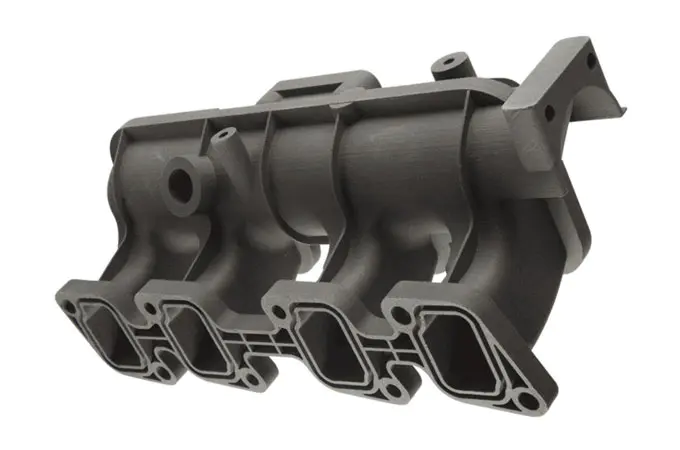
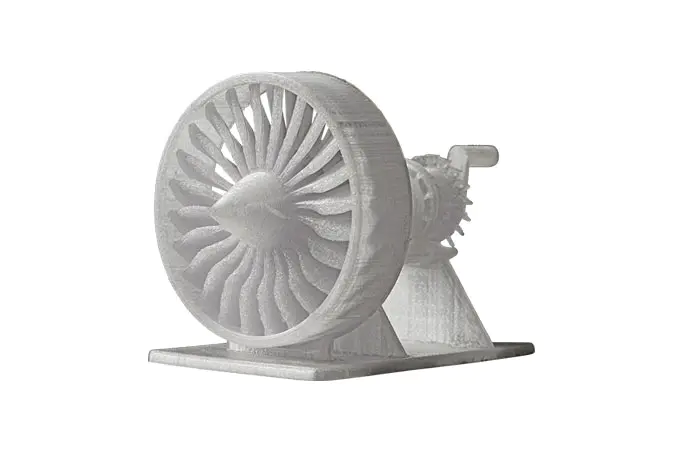
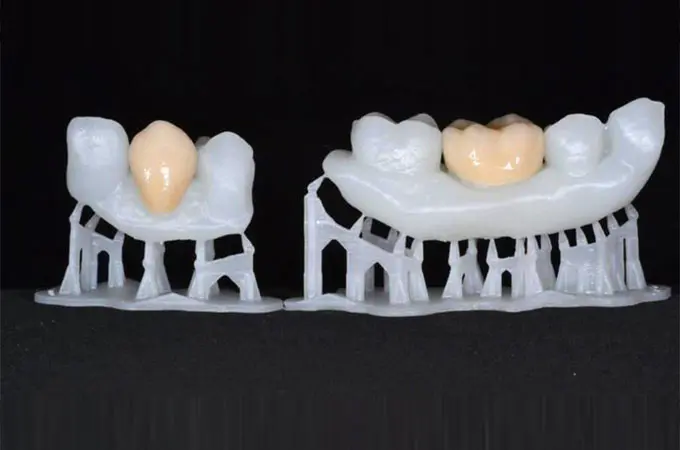

What is the lead time for SLS 3D printing?
The lead time generally depends on the complexity and quantity of the order. Most orders can be completed within 1-2 weeks. If there is an urgent requirement, we can expedite the process to ensure timely delivery.
Can complex geometries be printed?
Absolutely! SLS 3D printing is particularly well-suited for manufacturing complex geometries, including designs that traditional manufacturing methods cannot achieve. Whether it's intricate internal structures or fine details, we can achieve precise results.
What are the most commonly used materials for SLS?
The most commonly used material for SLS is Nylon (Nylon), which offers high strength, durability, and excellent processability. However, we can research and recommend the most suitable material based on your specific needs.
What is the difference between FDM and SLS, and why choose SLS?
FDM uses melted material layer by layer, making it suitable for prototyping, but the surface tends to be rough. SLS uses a laser to sinter powder, ideal for complex designs and high-precision parts, with smoother surfaces and a wider range of materials. For high-strength, detailed, or functional parts, SLS is the better choice.
Knowledge Hubs

Overmolding and insert molding are different two molding process. Imagine gripping a screwdriver that slips because its handle’s too slick—or

High Pressure Injection Molding: Techniques and application
High pressure injection molding is a cutting-edge manufacturing process that offers unparalleled precision and efficiency in producing complex, high-strength parts.

Die Casting vs Injection Molding: Key Differences, Applications & Benefits
When it comes to manufacturing high-precision parts, Die Casting vs Injection Molding is a common debate among industries looking to



